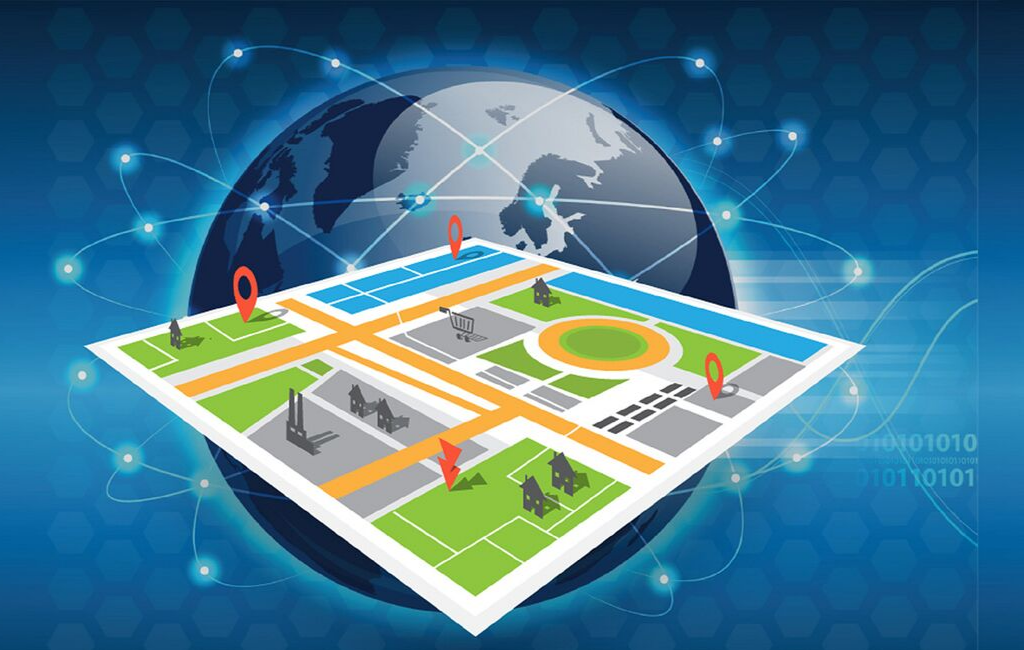Analyzing the Evolving Dynamics of Global Geospatial Market Share

In the vast and strategically important world of location intelligence, the battle for Geospatial Market Share is a complex interplay between different layers of the technology stack. The market is not a monolith, and market share is distributed differently across its various segments. In the core GIS software segment, Esri has long held a dominant, almost monopolistic, market share with its ArcGIS platform, particularly in the government and enterprise sectors. However, its position is being challenged by the growing popularity of open-source alternatives and a new generation of cloud-native, developer-focused mapping platforms. In the satellite data segment, market share is held by a handful of large, established players, but they are facing intense disruption from a wave of "NewSpace" companies launching large constellations of small, low-cost satellites.
This complex and evolving competitive landscape is operating within an industry that is steadily growing, which provides opportunities for a wide range of players to claim a piece of the pie. The overall market is on a firm trajectory to expand to a size of USD 211.54 billion by 2032, propelled by a healthy compound annual growth rate (CAGR) of 9.1%. This sustained growth means that while the incumbents in each segment have a strong position, the total market is expanding fast enough to support a diverse ecosystem of challengers. The growing pie allows for a high degree of specialization, enabling innovative startups to capture a profitable share of the market by focusing on a specific niche, such as providing a particular type of data analytics or serving a specific industry vertical.
The primary strategies for capturing market share are varied and reflect the different segments of the market. For a software giant like Esri, the key strategy is to leverage its massive installed base and strong community to build a comprehensive and integrated platform ecosystem. They win by being the "one-stop-shop" for all things geospatial. In contrast, the satellite data providers compete on the resolution, timeliness, and cost of their imagery. The NewSpace companies are winning share by offering much more frequent revisits of locations at a lower price point. The analytics and solutions providers often win market share through their deep domain expertise, building applications that solve a specific business problem for a specific industry, something the more horizontal platform players cannot do as effectively.
Looking forward, the future distribution of market share will likely be shaped by the trend towards cloud platforms and data marketplaces. The major public cloud providers (AWS, Google, Microsoft) are becoming increasingly important players in the geospatial market by offering their own mapping services and by hosting massive archives of public and commercial satellite data. Their ability to combine this data with their powerful AI and machine learning services is a major competitive threat to the traditional players. The vendors who can build the most open and accessible platforms and who can foster the strongest ecosystems of data providers and application developers will be the ones who win the largest share of the market in the coming years.
Explore Our Latest Trending Reports:

- Sports
- Art
- Causes
- Crafts
- Dance
- Drinks
- Film
- Fitness
- Food
- Παιχνίδια
- Gardening
- Health
- Κεντρική Σελίδα
- Literature
- Music
- Networking
- άλλο
- Party
- Shopping
- Theater
- Wellness


